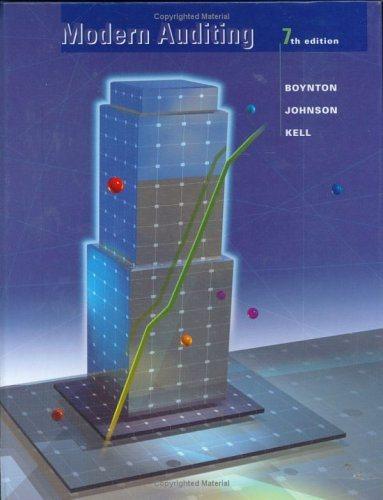Practice Problem-Chap 17 Hogle Company is a manufacturing firm that uses job order costing system. On January 1, the beginning of its fiscal year, the company's inventory balances were as follows: Raw materials $20,000 Work in process $15,000 Finished Goods $30,000 The company applies overhead cost to jobs on the basis of machine-hours worked. For the current year, the company estimated that it would work 75,000 machine-hours and incur $450,000 in manufacturing overhead cost. The following transactions were recorded for the year Raw materials were purchased on account, $410,000. Raw materials were requisitioned for use in production, $380,000 (S360,000 direct materials and S20,000 indirect materials). The following costs were incurred for employee services: direct labor, S75,000; indirect labor, $110,000; sales commission, S90,000; and administrative salaries, $200,000. Sales travel costs were $17,000. Utility costs in the factory were 543,000. Advertising costs were $180,000. g. Depreciation was recorded for the year, 350,000 (80% relates to factory operations, and 20% relates to selling and administrative activities). h. Insurance expired during the year, $10,000 (70% relates to factory operations, and 30% relates to selling and administrative activities). i Manufacturing overhead was applied to production. Due to greater than expected demand for its products, the company worked 80,000 machine-hours during the year. j. Goods costing $900,000 to manufacture according to their job cost sheets were completed during the year. k Goods were sold on account to customers during the year at a total selling price of $1,500,000. The goods cost $870,000 to manufacture according to their job cost sheets. Required: 1. Prepare journal entries to record the preceding transactions. 2. Post the entries in (1) above to T-accounts (don't forget to enter the beginning balances in the inventory accounts). 3. Is manufacturing overhead underapplied or overapplied for the year? Prepare journal entry to close any balance in the manufacturing overhead account to cost of goods sold (COGS). Do not allocate the balance between ending inventories and cost of goods sold (COGS). 4. Prepare an income statement for the year








